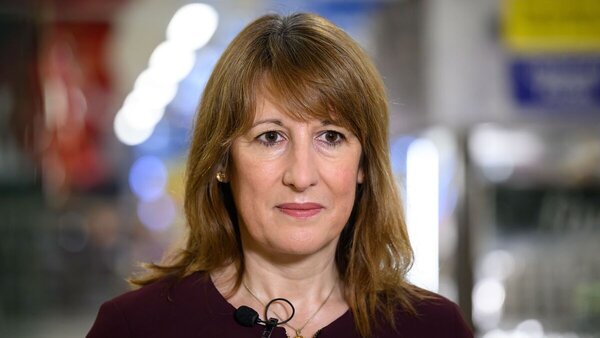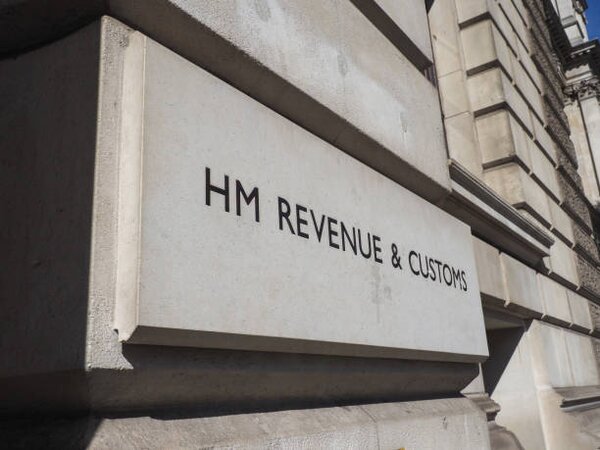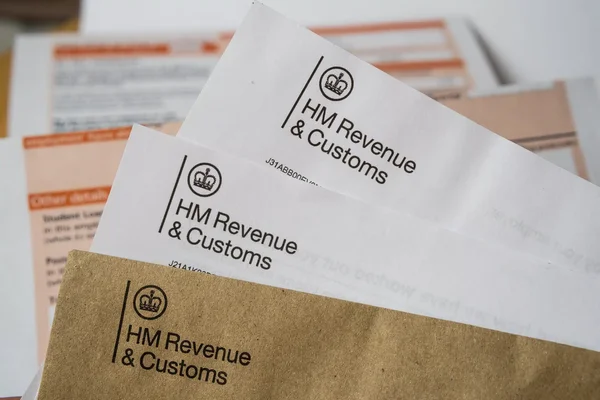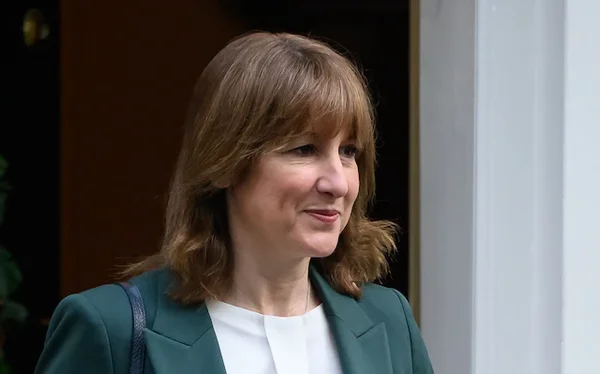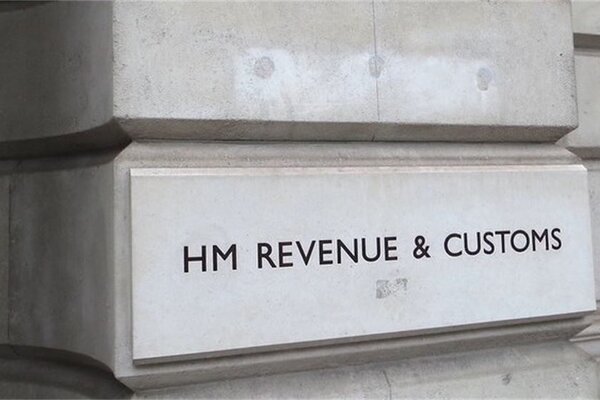To the Point
Blind allowance could save you hundreds of pounds in tax each year. The allowance is an extra amount of tax-free income added to your personal allowance. Many UK taxpayers with sight loss don’t realise they qualify for this valuable relief.
The blind allowance is a personal tax allowance that reduces your taxable income. It’s available to registered blind or visually impaired individuals and those with severe sight impairment.
In this article, we’ll cover everything you need to know about claiming blind allowance. Additionally, we’ll show you how to maximise your tax savings effectively.
What exactly is blind allowance?
Blind Person's Allowance is the official name for the additional personal tax allowance available to people with registered sight loss. It reduces your taxable income by £2,870 for the 2024/25 tax year.
The blind person's allowance works alongside your standard personal allowance. Furthermore, you don’t need to be completely blind to qualify for this relief eligibility is based on having significant loss of eyesight and being registered or certified as blind or severely sight impaired by the relevant authorities.
It applies to both employees and self-employed individuals. The allowance amount is set by HMRC and reviewed annually.

Who can claim blind allowance?
You must register as blind or severely sight impaired with your local authority to qualify for the allowance. Registration requirements vary slightly between England, Wales, Scotland, and Northern Ireland.
Your spouse or civil partner can also benefit if they’re the higher earner. However, you need to be a UK resident for tax purposes.
Eyesight is essential for many daily activities, and the allowance is designed to support those whose eyesight prevents them from working or living independently.
There’s no age limit - children and adults can both qualify. Additionally, previous sight loss registration from abroad may also count in certain circumstances.
Claiming Allowances for Partially Sighted Individuals
If you are partially sighted, you may still be eligible for the Blind Person’s Allowance—an extra amount added to your tax free personal allowance. This valuable tax free allowance is designed to support those who are severely sight impaired or registered blind, helping to reduce the amount of income tax you pay each year.
To qualify, you must be registered as severely sight impaired with your local council, or have a certificate from your doctor confirming your visual impairment. Registration is essential, as it provides the official documentation needed to claim the allowance. The process is straightforward, and your local authority or doctor can guide you through obtaining the necessary certificate or similar document.
For the 2024-25 tax year, the Blind Person’s Allowance is set at £3,070. This is paid in addition to your standard personal allowance of £12,570, meaning you can earn up to £15,640 before you start paying tax. The allowance is not affected by your age or income, and both married individuals and those in a civil partnership are eligible to claim. This extra amount can make a significant difference to your total tax free allowances and help you keep more of your income.
To claim the Blind Person’s Allowance, you’ll need to contact HM Revenue and Customs (HMRC). You can do this online, by phone, or by post. Be prepared to provide your registration document from your local council or a certificate from your doctor, along with your personal details. It’s important to complete the claim form accurately and include all required documents to ensure your claim is processed without delay.
If you are married or in a civil partnership and do not use your full Blind Person’s Allowance, you can transfer the unused allowance to your spouse or civil partner. This is done using form 575 and can help maximize your household’s total tax free allowances. The transfer is available whether or not your spouse or civil partner is also partially sighted, and it can significantly reduce the amount of income tax paid by both you and your partner.

How much could you save with blind allowance?
Basic rate taxpayers save £574 per year (20% of £2,870). Higher rate taxpayers save £1,148 per year (40% of £2,870).
The blind allowance reduces your total taxable income, which means less of your income is subject to tax and you pay less overall. Additional rate taxpayers save £1,291.50 per year (45% of £2,870). Married couples can potentially double their savings through allowance transfer.
The savings are automatic once your claim is processed. Furthermore, you can backdate claims for up to four previous tax years.
Can you transfer blind allowance to your spouse?
If you don’t use your full personal allowance, your spouse can claim the unused portion. A civil partner can also qualify for the transfer if they meet the eligibility criteria. However, your spouse or civil partner must be the higher earner for the transfer to be worthwhile.
The transfer happens automatically if you’re both registered blind. Otherwise, you need to make a formal election to HMRC for the transfer.
The transfer can save couples significant amounts in tax. Additionally, you can cancel the transfer arrangement at any time if circumstances change. You may need to contact your local tax office to arrange or update the transfer.

How do you claim blind allowance?
To claim Blind Person's Allowance, you need to contact HMRC by phone, post, or through your online account. You’ll need your sight impairment registration certificate and personal details.
Provide your National Insurance number when making contact with HMRC to claim Blind Person's Allowance. They will adjust your tax code to include the allowance automatically.
Claims can be backdated up to four years from the current tax year. However, keep copies of all correspondence and registration documents for your records.
What happens if your circumstances change?
You must inform HMRC if you’re no longer registered as sight impaired. Changes to your tax code will take effect from the following tax year.
If your circumstances change and your income exceeds your allowances, you may need to pay tax on the additional income. You may need to repay any overpaid allowances from previous years. Marriage, divorce, or civil partnership changes also affect transfer arrangements significantly.
Moving abroad may impact your eligibility for the allowance. Regular reviews ensure you’re receiving the correct amount throughout the year.

Managing Your Tax Affairs with Confidence
Blind allowance offers valuable tax relief that many eligible people miss out on. The application process is straightforward and the savings can be substantial.
Don’t let this tax relief go unclaimed - contact HMRC today to start your application. For those managing their own tax affairs, having the right tools makes all the difference. Using a reliable benefits calculator can help you determine your entitlement to various benefits, including tax allowances.
Pie is the UK’s first personal tax app, helping working individuals manage their tax responsibilities with ease. As the only self assessment solution offering integrated bookkeeping, real-time tax calculations, and expert guidance, it takes the stress out of compliance. When managing your tax affairs, remember to consider all sources of income, including pensions.
Your sight loss shouldn’t cost you money in taxes when help is available. Take action today to claim what you’re entitled to receive.




